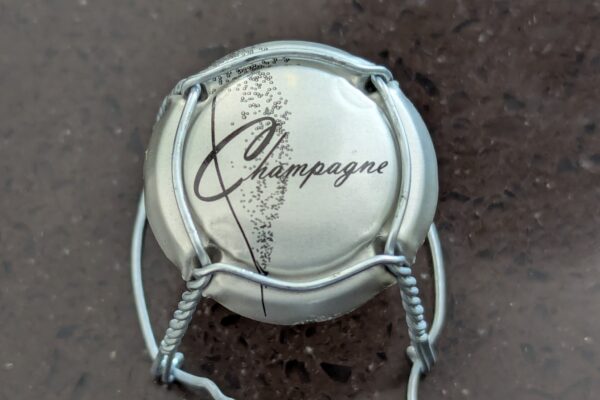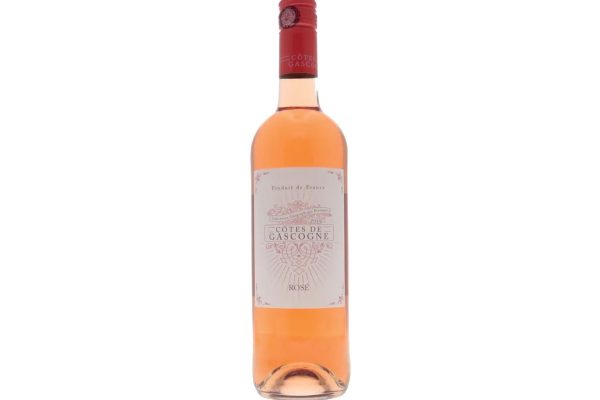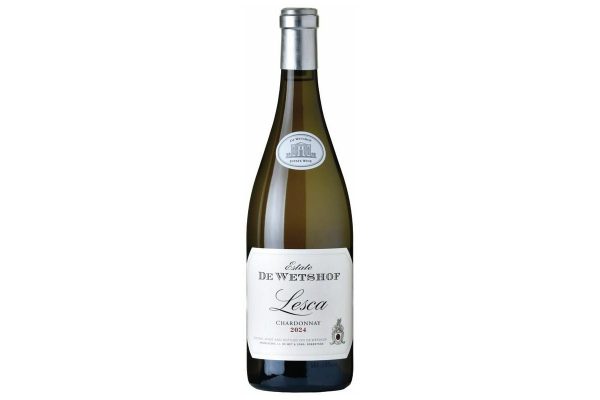
Blind tasting refers to the practice of tasting wines without knowing their identity. The bottles are usually covered or the labels are hidden, so tasters have no information about the grape variety, region, producer, or vintage. This method is often employed to prevent any preconceived notions or biases from influencing the taster’s judgement.
Blind tasting is considered a rigorous way to evaluate the quality and characteristics of a wine. It’s commonly used in wine competitions, educational settings and even among friends as a fun activity. The idea is to focus solely on the wine’s aroma, flavour, texture, and overall impression, without being swayed by the brand or price tag.
In a professional setting, blind tasting can be quite structured, often involving a series of wines that are evaluated based on specific criteria like appearance, nose, palate, and finish. Tasters may use a scoring system and take notes to compare their impressions.
In summary, blind tasting aims to level the playing field, allowing each wine to be judged purely on its own merits.













